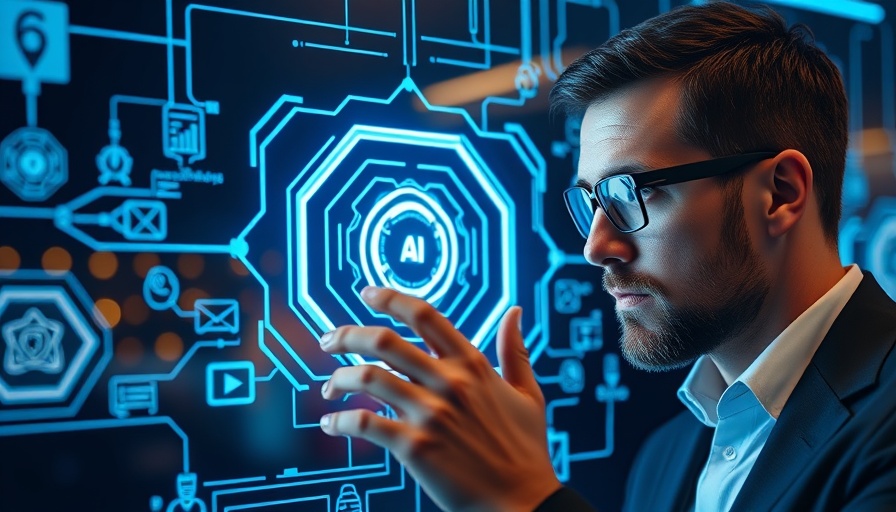
AI Industry's Paradox: Job Cuts in the Face of Dominance
In an era marked by technological advancements, powerhouse AI companies like OpenAI, Google, Microsoft, and Meta are finding themselves in a perplexing situation: massive layoffs while commanding unparalleled market influence. The question arises: have these tech giants, often labeled as 'too big to fail,' overlooked the importance of human capital in leveraging the power of AI? In pursuit of efficiency, are they sacrificing the essential human elements that drive workplace dynamics, sales, and customer relations?
Shifting Dynamics: The Impact of AI on Employment
Recent trends reveal a worrying pattern: human resource departments are among the hardest hit in the wave of layoffs. OpenAI, for instance, is sacrificing thousands of HR roles, with many replaced by automated systems like their AI chatbot, AskHR. This trend is echoed across various companies; IBM, for example, cut 8,000 HR jobs in favor of automation. Recruit Holdings, which owns platforms like Indeed and Glassdoor, also laid off 1,300 employees from its sustainability teams. These actions suggest a shift in priorities, as organizations seem to value automation over the nuanced human input required for effective workforce management.
Automation vs. Human Touch: A Flawed Assumption?
As companies streamline activities through AI, they might be underestimating the intricate aspects involved in the integration of technology into workplace cultures. For instance, TikTok has initiated cuts in its e-commerce and marketing segments, while Disney has laid off hundreds from its marketing divisions as part of a modernizing strategy citing automation. The underlying assumption seems to be that technology alone can handle complex customer engagements and brand management, which may not necessarily be the case.
The Financial Landscape of AI Companies
Despite these drastic layoffs, many of these companies continue to experience growth. OpenAI’s revenue is projected to reach around $12.7 billion in 2025, a substantial increase from $3.7 billion in 2024. However, it's worth noting that the path to profitability isn’t clear; OpenAI is not expected to see positive cash flow until 2029 due to high operational costs like technology infrastructures and human talent. Thus, even as it represents a significant player in tech, OpenAI’s future may still be precarious.
Too Big to Fail: Are They Really?
Characters like OpenAI, while impressive in their valuation and ambition, still face threats that could put their status at risk. By the end of 2025, OpenAI must transition from a non-profit to a for-profit model to maintain substantial funding, which introduces vulnerability. In contrast, tech giants like Google, Microsoft, and Apple have established themselves as more resilient due to diversified revenue streams and core roles in technology infrastructure. For example, Microsoft’s heavy investment in OpenAI not only ensures its stability but also reflects its commitment to integrating AI within its broader business model.
Final Thoughts: The Future of Work in an AI-Driven World
The landscape of work is undeniably changing. While AI can streamline processes, the integration of technology into our daily work and life requires a balance of human involvement. Job cuts in favor of AI may bring short-term efficiency, but in the long run, relying solely on automation could pose significant risks. Embracing a human-centric approach in AI development and deployment is essential to navigate these complexities effectively.
As we move forward, it’s vital for companies to consider the long-term implications of replacing human roles with AI. Will the rush to automation lead to a loss of expertise and innovation, or can the workforce and technology coexist in a harmonized manner? The answers to these questions will shape the future of industries and the workforce itself.
 Add Row
Add Row  Add
Add 




 Add Row
Add Row  Add
Add 

Write A Comment